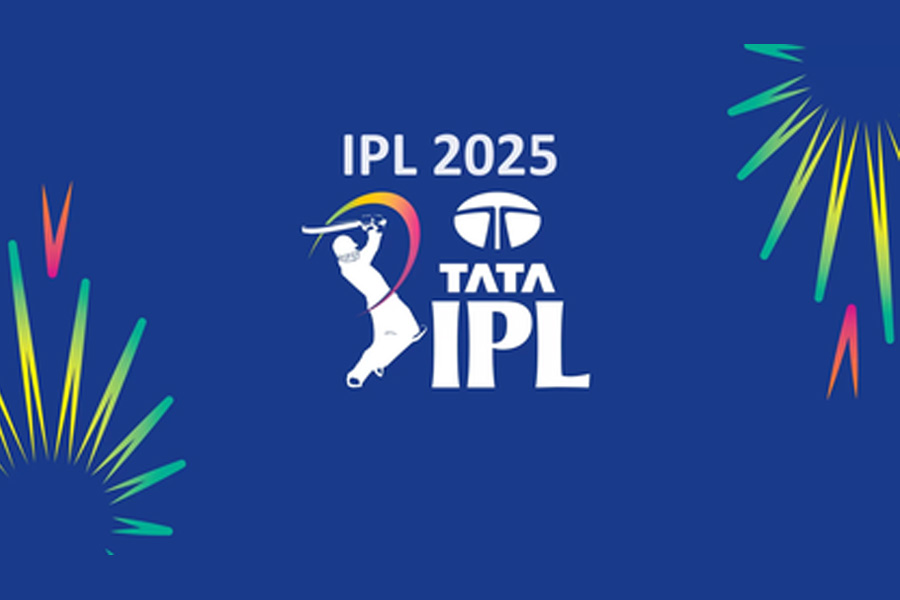Thousands of children have been infected with the coronavirus in the second wave of the pandemic in India, leaving parents worried about their young ones. Dr Janaki Ballav Pradhan, MD, DM Neonatology, Senior Consultant, Neonatologist and Paediatrician, AMRI Hospitals, Bhubaneswar, weighs in on various aspects of Covid-19 in children to help guardians make informed calls.
Covid spike in children
The proportion of people infected with the coronavirus has increased during the second wave of the pandemic. And infected parents are unwittingly transmitting the virus to their children. This is understandable because it is very difficult for infected parents to isolate themselves from their children at home.
Physical health issues aside, the pandemic is also wreaking havoc on a child’s mental and psychosocial health. Children are being forced to stay in a closed and fearful environment instead of a playful and joyous environment in school or outdoors.
Transmission and symptoms
Can a child get infected at home? Yes. When a child is exposed to or comes in direct contact with an infected person either at home or their surrounding environment, they can get infected with the virus. It depends on the contact time, duration of exposure and the period of viremia of the infected person to whom the child is exposed.
There is a difference between being infected and showing symptoms. Ninety per cent of coronavirus-infected patients, both children and adults, do not show symptoms. A majority of symptomatic children, on the other hand, show symptoms similar to that of common cold and diarrhoea. Diseases such as influenza and Rotaviral diarrhoea also mimic the symptoms of Covid-19. There is reason to suspect Covid-19 if a child has come in contact with a Covid-19 patient in the household.
When should a child be tested?
All children with Covid-19 symptoms, such as sore throat, fever, rhinorrhoea, myalgia, vomiting, diarrhoea, lethargy and rashes, should be tested to prevent transmission to others.
A child should also be tested before hospital admission or surgical procedures. The various tests available are rapid antigen, RT PCR, gene expert and antibody assay.
Need for hospitalisation
A child’s need to be hospitalised depends on the severity of the disease and associated risk factors. Children with fever for fewer than three days, cough, rhinorrhoea and loose motion can be treated at home with paracetamol, zinc and ORS.
Persistent high fever for more than five days, lethargy, dehydration, vomiting, abdominal pain, rapid breathing with blood oxygen saturation level of less than 94% or difficulty in breathing require urgent hospitalisation. Children showing symptoms of severe pneumonia, requiring ventilator support, having shock and a deranged blood parameter, lethargy or seizures will need to be admitted to an ICU.
While 41% of the Indian population is less than 18 years of age, in the US that number is only 1.3%. In October 2020, the first wave data from the Centers for Disease Control and Prevention (CDC) in the US showed the rate of hospitalisation to be 20% in children as opposed to 33% in adults.
Remdesivir, steroids and adjunct therapy
Use of remdesivir, steroids, tocilizumab and plasma therapy in Covid-affected children is determined on a case-to-case basis and depends on severity of the disease. The main course of treatment for a severely ill child is supportive care in the form of ventilator support, correcting shock and electrolyte imbalance.
Like adults, in case of coagulopathy with a raised D-dimer value of more than five times or any feature of DVT or stroke, anticoagulant drugs can be administered in children.
But medications such as ivermectin, azithromycin or hydroxychloroquine show no benefits as preventive therapy in clinical studies.
Post-Covid symptoms
A rare but serious disease called Multisystem Inflammatory Syndrome in Children (MIS-C) occurs during or after recovery from Covid-19. It may lead to multi-organ failure and has a high mortality rate.
Transmission and care in newborns
While there have been a few instances of newborn babies testing positive for Covid-19, such cases are rare. Newborns rarely get infected inside the uterus or during the delivery process.
But what about a baby born to an infected mother? Such a baby should be isolated from the mother soon after birth and tested for Covid-19 within 24 to 48 hours to confirm transmission.
A mother can breastfeed her baby after taking all Covid-19 precautionary measures, such as double masking, hand hygiene and maintaining distance, after feeding the baby.
Vaccination
Covid-19 vaccines for children of all ages will be available in India very soon. Vaccination is the only preventive measure apart from hand hygiene and social distancing that can protect children from the coronavirus infection.
Clinical trials are being conducted rapidly on the safety and efficacy of vaccines for children. In Singapore, Australia and the UAE, children older than 12 years are getting vaccinated without any side effects. They are safe and are going back to school.
Third wave and black fungus
The coronavirus is rapidly mutating to different strains and is also infecting people who have been vaccinated. A third wave is being predicted in the country soon.
Will children be affected even more in the approaching wave? There is no proof of that, according to studies. The disease can affect vulnerable people who are immunocompromised and not vaccinated. We have to wait and watch.
As if Covid-19 was not enough, the black fungus is now doing the rounds in the country. There remains a high likelihood of getting contaminated from the environment because the soil in Asian countries, particularly India, harbours the fungus.
Who are more susceptible to contracting the black fungus? Studies and observation show patients who are diabetic, on heavy dose of steroids, oxygen therapy or ventilator support are getting black fungus because of immunosuppression and nosocomial fungal infection.
Message to parents and caregivers
The pandemic is going to become endemic with seasonal and regional epidemic occurrence before being eradicated. Children need to be vaccinated in due time.
Parents and caregivers need to keep interacting with children and engage them in structured play and activities, story writing and art to help them cope with anxiety and distress.
Parents must play the role of a class teacher at home and make their home environment playful and jolly. Children must eat healthy and stay safe.











